The deadline for your requirements document is quickly approaching. You are behind on the requirements document because:
You handled several customer issues on the last feature
A key stakeholder lowered the sales forecast because there was not enough documentation
You lost time helping sales operations place orders just in time for the end of the quarter
Your program manager keeps asking you to approve change requests
Your engineering leader won't respond to your email about estimating the new feature
You think the common theme is product development issues. Please think again! These are huge product management issues.
This raises big alarms to your product stakeholders too.
How can you get out of this situation?
The Missing Piece
The missing piece is product management collaboration. Let's look at the product issues differently. How can you solve these problems by collaborating?
There are collaborative ways to handle typical product issues. These issues arise when product managers don't work with their product teams. Frequently the root cause is unclear requirements.
Requirements Matter
You are thinking your requirements were very clear and succinct. Perhaps you can point to a prioritized list of Jira tickets or a spreadsheet of requirements.
However, there is another problem - your list of requirements isn't clear
Isn't it enough to deliver a prioritized requirements list? With all the demands on product managers, how does a product manager have time to do more?
No doubt product management is as demanding as all the other functions! However, a requirements list doesn't provide enough context for implementation.
Requirements Intent
A requirements list needs to be complimented with information on the intent of the requirement. The product team needs to know the purpose of each requirement. The key parts of requirement intent are:
Customer needs: description of the customer's problem
Business case: the business benefit of the requirement
Product solution: the end-to-end resolution of the customer's needs
Requirements list: specific requested product changes
The product team needs the total picture of the reasons for the requirement.
Is it enough to provide customer discovery material, the business case, and the solution overview with the requirements list? No. This is a one-way communication to the product team. There is no collaboration and no ongoing involvement in product development.
Product Manager and Program Manager Work Together
Product managers are no longer isolated to product features and roadmaps. Today product managers and program managers collaborate cross-functionally and work on shared product goals. Collaboration through the product lifecycle is the path to product success.
Product success starts with clear requirements and finishes with product manager and program manager collaboration.
Conclusion - Collaboration is the Path to Product Success
Successful product managers strike a balance between independent work and product team collaboration. Product managers can prevent many product issues by joining forces with the product development team. The touchpoints that make a difference are:
Requirements review and response to feedback
Requirements intent documented
Alignment with program managers through every product phase
Today a collaborative model in product teams allows the best outcome in terms of delivering a successful product.




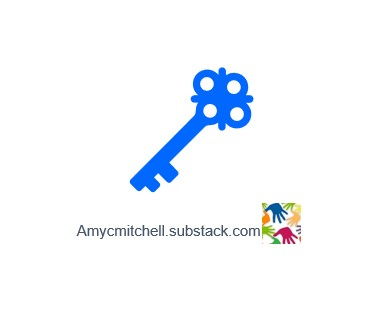
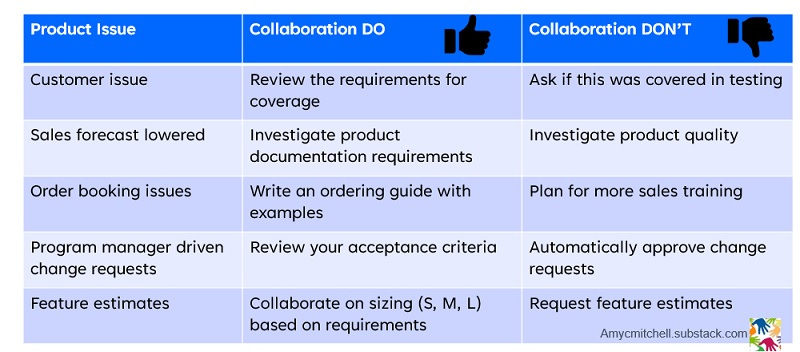
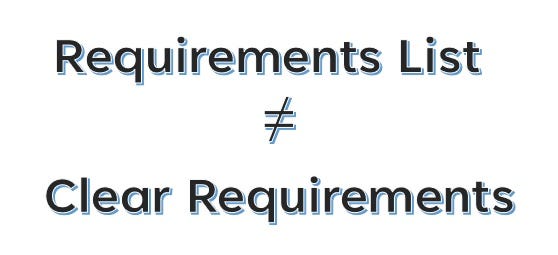
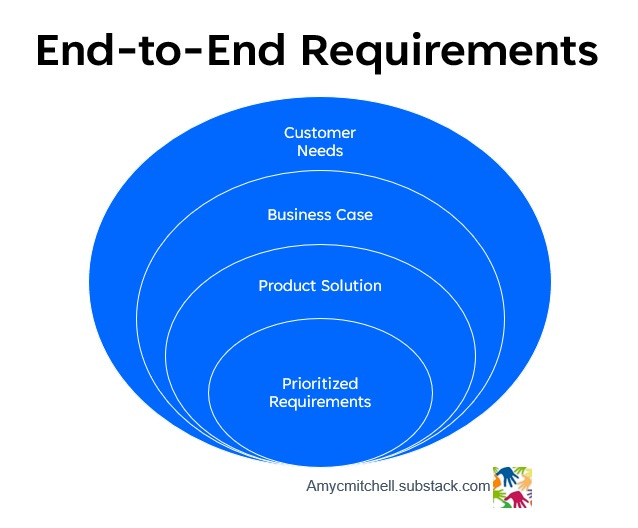
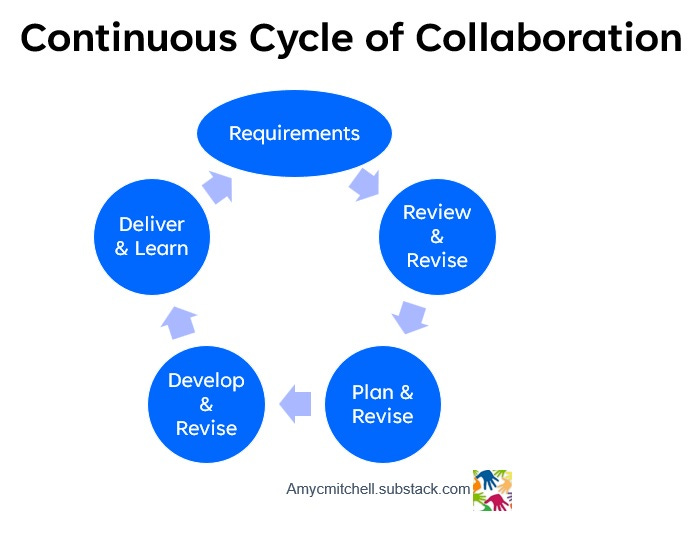
Great post Amy. I'm a big fan of getting feedback on requirements through trusted sources. I'm often supporting internal apps so having a few relationships that I can tap to run ideas through is super helpful.